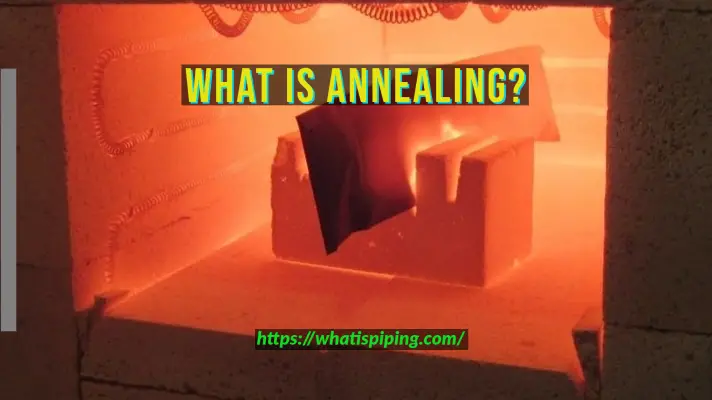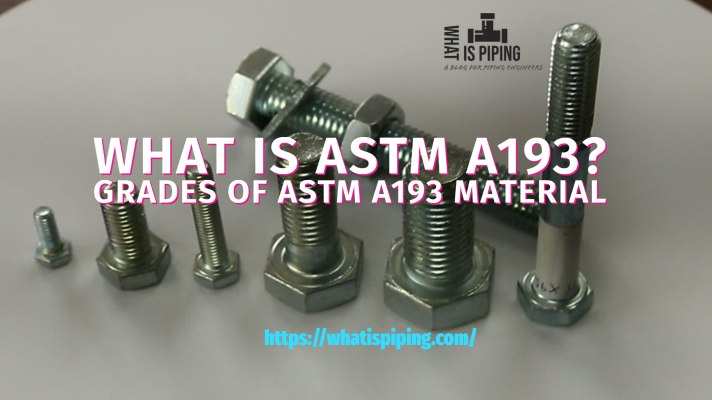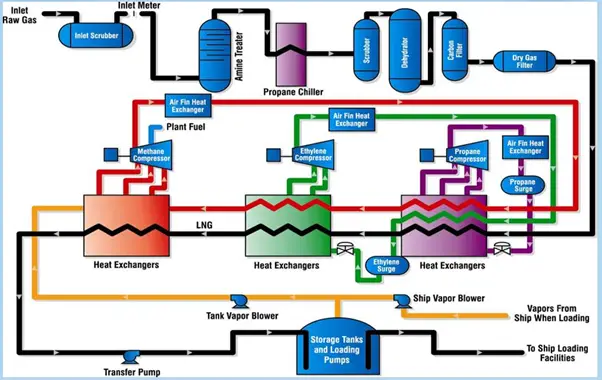As per the World Steel Association, there are over 3,500 different steel grades with unique properties available. The manufacturing processes of steel contribute significantly towards the properties of the final product. Hot rolling and cold rolling are two such processes of steel that affect the overall performance and application. In this article, we will discuss, the main differences between hot-rolled and cold-rolled steel.
What is Hot Rolled Steel?
Hot-rolled steel is produced by rolling the steel at temperatures above the steel’s recrystallization temperature (>1700° F.). Heating the steel above the recrystallization temperature makes the steel easier to shape and form, and the steel can be produced in much larger sizes. For products where tight tolerances are not required, hot-rolled steel is ideal.
The manufacturing of hot rolled steel starts with heating a large billet. Next, it is sent for pre-processing and the billet turns into a large roll. The final dimension is achieved by running it through a series of rollers at high temperatures. For sheet metal, hot rolled steel is spun into coils and left to cool. For other forms like bars or plates, materials are sectioned and packaged for despatch.
What is Cold Rolled Steel?
Cold-rolled steel is produced in cold reduction mills by processing the hot-rolled steel after cooling it to room temperature. Cold-rolled steels can be produced with tighter dimensional tolerances and a wide range of surface finishes.
Differences between Hot Rolled and Cold Rolled Steel
Let’s find out the main differences between hot-rolled and cold-rolled steel.

Hot Rolled vs Cold Rolled Steel: Mechanical Properties
Cold-rolled steel members normally have around a 20% increase in mechanical strength because of strain hardening. The hardness value also increases while making cold-rolled steel from hot-rolled steel due to cold forming. So cold-rolled steel members are stronger and harder than hot-rolled steel members. As the metal is shaped at lower temperatures, due to the work hardening effect, the cold rolled steel’s hardness, resistance against tension breaking, and deformation are all increased.
Depending on the grade of the steel the mechanical properties vary. In the following table, a comparison of common mechanical properties for hot-rolled and cold-rolled steel grade 1018 is provided to get a feel of the mechanical property changes.
| Mechanical Properties | Hot Rolled | Cold Rolled | % change |
| Tensile Strength | 67,000 psi | 85,000 psi | 26.9 |
| Yield Strength | 45,000 psi | 70,000 psi | 55.6 |
| Reduction of Area | 58 | 55 | -5.2 |
| Elongation in 2″ | 36 | 28 | -22.2 |
| Brinell Hardness | 137 | 167 | 18.0 |
Hot Rolled vs Cold Rolled Steel: Manufacturing, Cost
Hot-rolled steel manufacturing is done above recrystallization temperature whereas cold-rolled steel involves much lower temperatures, generally room temperature.
As the metal is hot in hot rolled steel, it needs less force and energy to shape it. But the force and energy required to shape a cold rolled product is more.
Hot-rolled steel is easier to make. Cold-rolled steel involves further processing steps that increase the manufacturing steps as well as time requirements. So, overall the cost of cold-rolled steel is much higher than hot-rolled steel of the same grade.
Hot Rolled vs Cold Rolled Steel: Surface characteristics
Hot rolled steel is characterized by a scaly surface, slightly rounded corners, and edges and the surface is not smooth and non-oily. On the contrary, cold rolled steel comes with an oily or greasy finish, a very smooth surface, and very sharp edges. The concentricity and straightness of cold-rolled steel are better when compared to hot-rolled.
Hot Rolled vs Cold Rolled Steel: Dimensional Tolerances
Cold-rolled steel can produce tighter tolerances for products as compared to hot-rolled steel. A more consistent and accurate shape is the feature of cold-rolled steel. For bars, they produce true and square sections. Pipes and tubes of uniform concentricity and straightness are produced using cold-rolled steel.
On the other hand, due to shrinkage during cooling dimensional imperfections exist in hot-rolled steel.
Hot Rolled vs Cold Rolled Steel: Applications
Most popular commercially available shapes are made from hot-rolled steel. All structural members like UC, UB, RSA, PFC, etc, and blooms, billets, sheets, slabs, tubes, bars, etc are hot rolled. On the contrary, only fewer specific shapes like Sheets, box section shapes (CHS, SHS, RHS), and round shapes are made from cold rolled steel.
Hot rolled steels are widely used as structural beams, railroad tracks, sheet metal, automotive frames, agricultural equipment, etc. Cold-rolled steel finds its application in bars, rods, strips, pipes, metal furniture, aerospace structures, hole appliances, roof, and wall systems.
Hot Rolled vs Cold Rolled Steel: Disadvantages
Poor surface finish, lower hardness, and strength are the only concerns for hot rolled steel. Cold work treatments in cold rolled steel can create internal stresses and unpredictable warping.









Thank you Sir for this write up ,very simple and educative